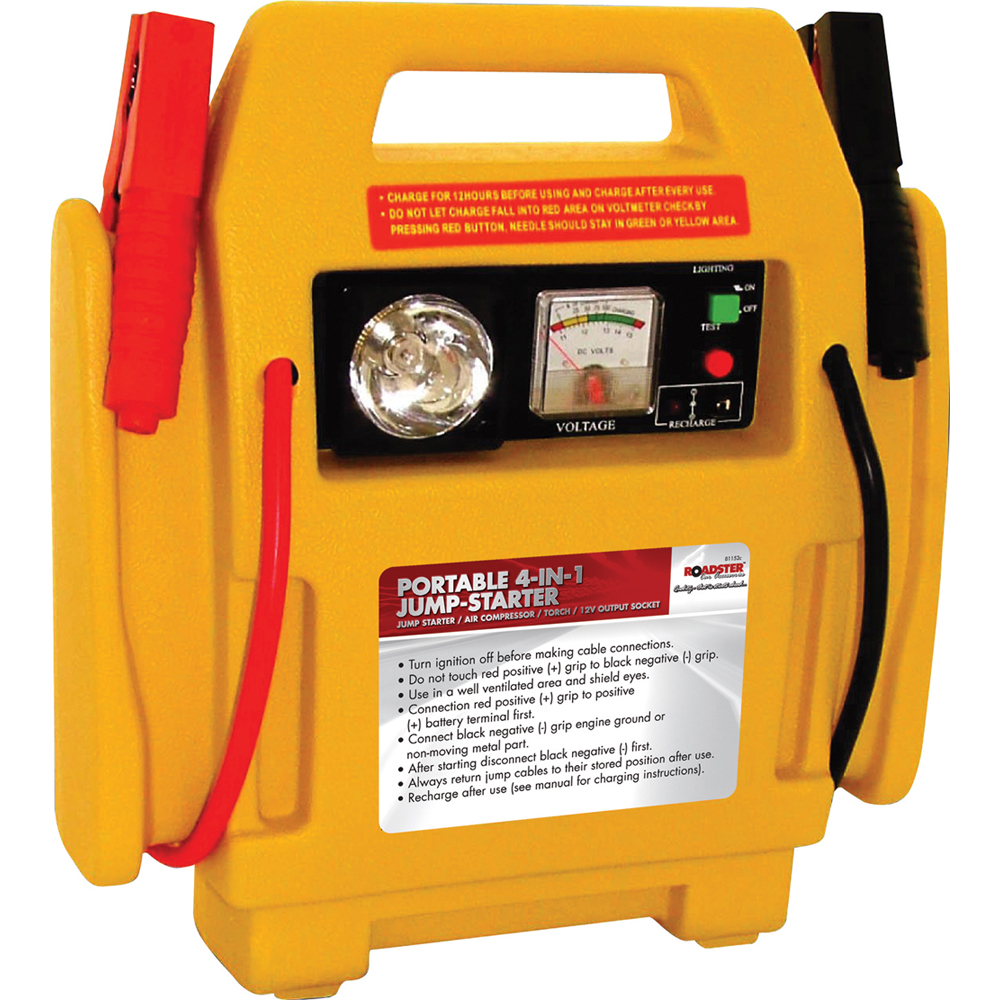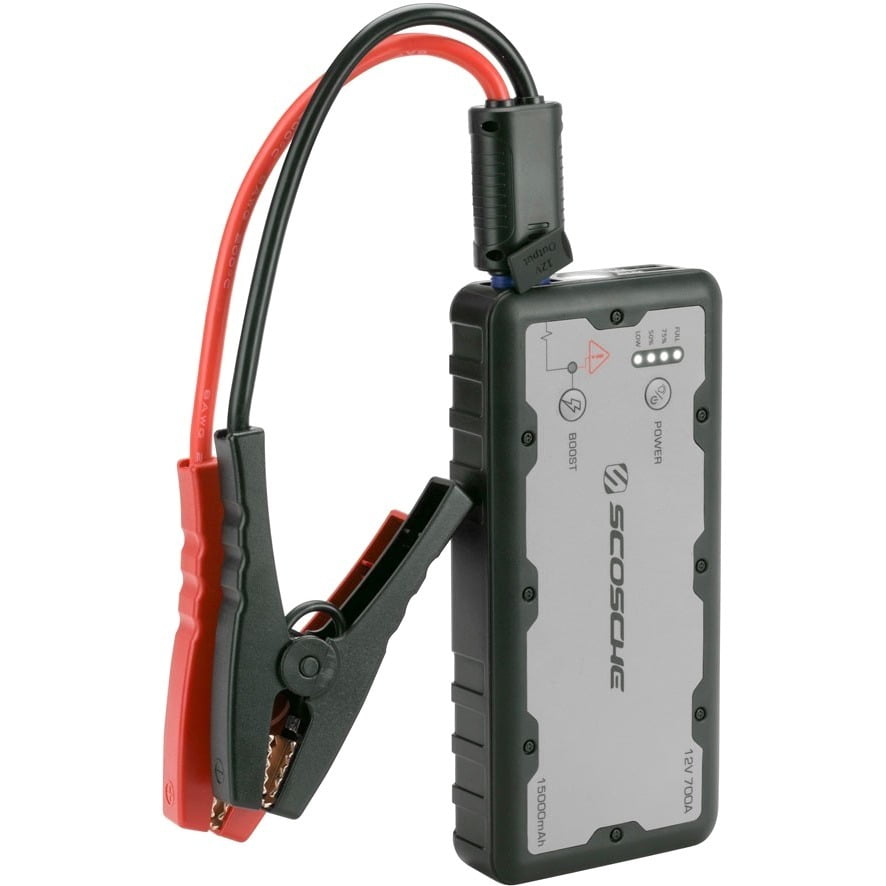

1 Since the smallest jump-starter capacity we considered was 6,000 mAh, we’re not concerned about capacity even with very conservative estimates.Įven the most powerful jump starter is of no use if you’re afraid to use it, or if it damages your car because you made a mistake hooking it up.

When we checked with Lee Johnson, our electrical engineer, about overall power consumption, we found that even our huge Ram 1500 pickup truck required only about 0.25 Ah, or 250 mAh, to start its engine. You shouldn’t really need more than that, since you can just recharge it after you use it. Every reputable company builds enough capacity into its packs for you to perform a handful of starts-enough to get you started a couple of times in case you need to pull over on your way home or on your way to a shop or auto-parts store. Capacity doesn’t directly affect how large an engine a model can start or how dead of a battery it can fill in for the measurement reflects only how many times the device can perform a start. But this is a pretty pointless metric when you’re shopping for a jump starter. Some jump-start packs have only a small error light to warn you of a reverse connection, but the best ones, including our picks, have both a light and an audible alarm that you won’t miss.Ĭapacity: Many companies brag about the overall capacity of their jump starters, which they generally list in mAh (milliamp hours) just as the makers of USB battery packs do. If you screw up, you’ll get an alert and a chance to try again. But the reverse-polarity protection built into each of the jump starters we tested confirms that each clamp is on the correct post before completing the circuit.

If you confuse them and connect positive to negative and vice versa without that protection, you’ll get sparks at the connection and potentially damage your car’s battery or electrical system. When you hook up a jump starter to your battery, you need to connect the positive (+) clamp to the positive post, and then attach the negative (-) clamp to the negative post. Check out these three top-performing portable jump starters, as judged by CNET's Roadshow team.Safety features: While most jump starters have a suite of safety circuits to prevent sending more current or voltage than they’re designed to handle, reverse-polarity protection is what makes them notably easier to use, especially for people who are concerned about getting the connections wrong. After all, you want to have enough power to prepare for pretty much any emergency on the road. To be sure, these features add bulk and mass to a jumper pack (these devices won't fit in your glove box), but their value in capability, convenience and preparation can more than offset the extra weight. How about an AC inverter so you can plug in a radio, a lamp or another small appliance? And maybe a dual USB port to charge your phone and another USB device at the same time? There are portable jump starters that can do some or all of these things. With a built-in air compressor it can inflate your raft at the lake or a low tire before you head home from the airport. What else can they do? Let's see: power your high-draw laptop computer. Those features are only the start when it comes to jump starter pack options. Most have some sort of flash or area light and at least one USB port to charge electronics like phones and tablets. All battery boosters come with jumper clamps that attach to the auto battery terminals, and nearly all include reverse polarity protection. These portable batteries do what they were originally intended to do: boost the dead battery to make a car start. Most portable battery jump starter options offer some combination of these four recharge options. They'll recharge with standard extension cords, wall-plug adapters, USB ports in running vehicles or cigarette lighter-style 12-volt male adapters. Until recently, this meant either having an auto club membership or relying on the kindness of strangers, but in in recent years a new solution has come to market: the portable jump starter.Ĭar battery jump-starters and chargers are dense little storage bins for electrical energy, and many come with useful built-in accessories. If you've ever been unable to start your car on a cold morning, you know the importance of getting quick jump.


 0 kommentar(er)
0 kommentar(er)
